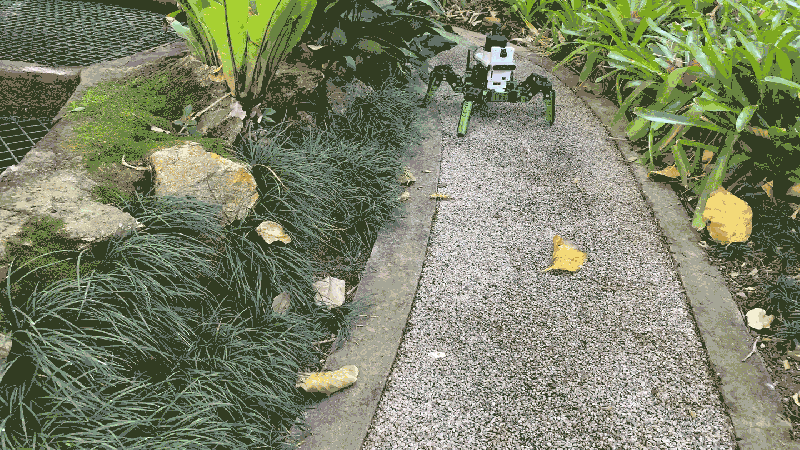
A groundbreaking new sensor system is poised to revolutionize the way robots perceive the world. Developed with inspiration from biological eyes and brains, this innovative technology integrates a sensor, a chip, and a compact artificial intelligence model. Remarkably, it operates using just a tenth of the energy required by traditional camera-based systems.
This development comes at a time when energy efficiency and enhanced capability are becoming increasingly critical in robotics. The system’s ability to mimic the human eye’s efficiency and processing power could lead to significant advancements in robotic applications across various industries.
How the New System Works
The core of this new technology lies in its bio-inspired design. By emulating the way biological eyes and brains process visual information, the system can perform complex tasks with minimal energy consumption. This is achieved through a combination of a highly sensitive sensor, a specialized chip, and a streamlined AI model.
According to the researchers, the system’s efficiency stems from its ability to process only the most critical visual information, much like the human brain. This selective processing reduces the need for extensive data handling, which is a significant energy drain in conventional systems.
Implications for the Robotics Industry
The introduction of this sensor system could have far-reaching implications for the robotics industry. By dramatically reducing energy consumption, robots can operate for longer periods without needing frequent recharging. This is particularly beneficial in fields such as autonomous vehicles, drones, and industrial automation, where prolonged operation is essential.
Dr. Emily Chen, a leading expert in robotics at the Massachusetts Institute of Technology, commented on the potential impact of this technology:
“This sensor system could be a game-changer for the industry. Not only does it promise to extend operational time, but it also opens up new possibilities for creating more compact and efficient robotic systems.”
Historical Context and Future Prospects
The evolution of robotic vision systems has been a gradual process, with significant milestones over the past few decades. Early systems relied heavily on bulky and power-hungry cameras, limiting their practical applications. The shift towards more efficient and compact solutions has been driven by advancements in AI and sensor technologies.
This new system represents the latest step in this evolution, offering a glimpse into the future of robotics. By harnessing the principles of biological vision, researchers are paving the way for robots that can interact with their environments in more sophisticated and human-like ways.
Looking ahead, the integration of this technology into commercial robotic systems could lead to a new era of innovation. As energy efficiency becomes a paramount concern, industries are likely to embrace solutions that offer both performance and sustainability.
Conclusion and Next Steps
The introduction of this bio-inspired sensor system marks a significant milestone in the field of robotics. As researchers continue to refine and test the technology, its potential applications are vast and varied. From enhancing the capabilities of autonomous vehicles to enabling more efficient industrial operations, the possibilities are endless.
As the robotics industry continues to evolve, the focus will likely remain on developing technologies that can operate efficiently while delivering superior performance. This new sensor system is a promising step in that direction, offering a glimpse into the future of robotic vision.






